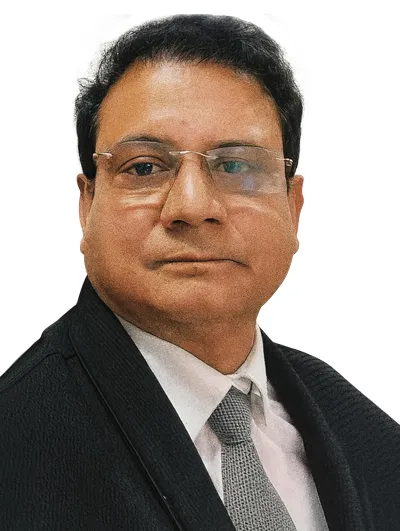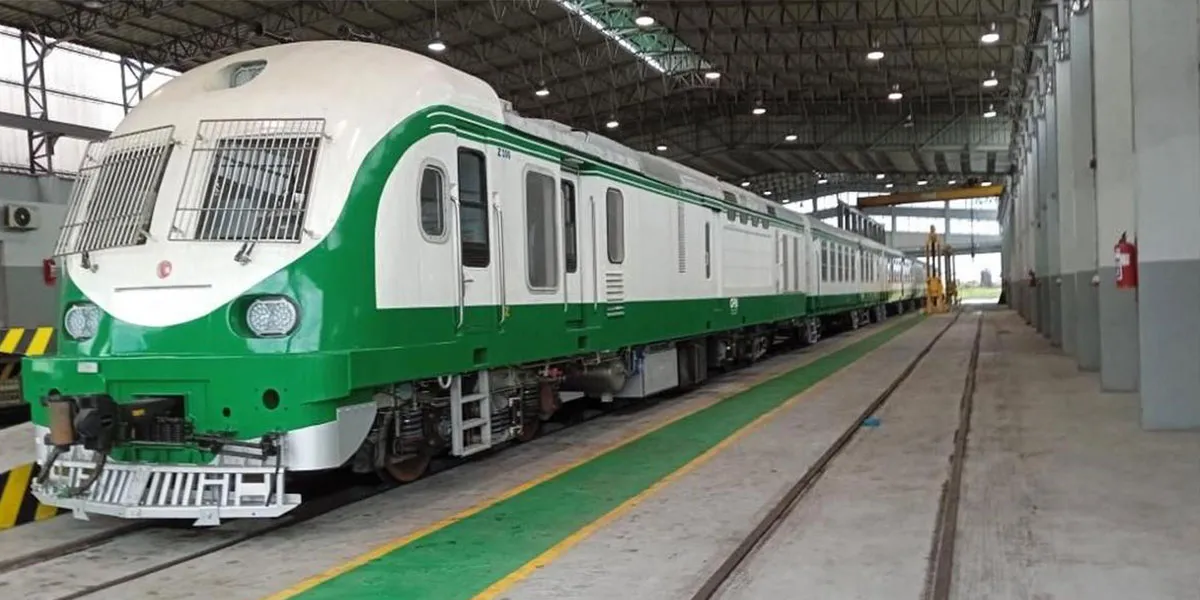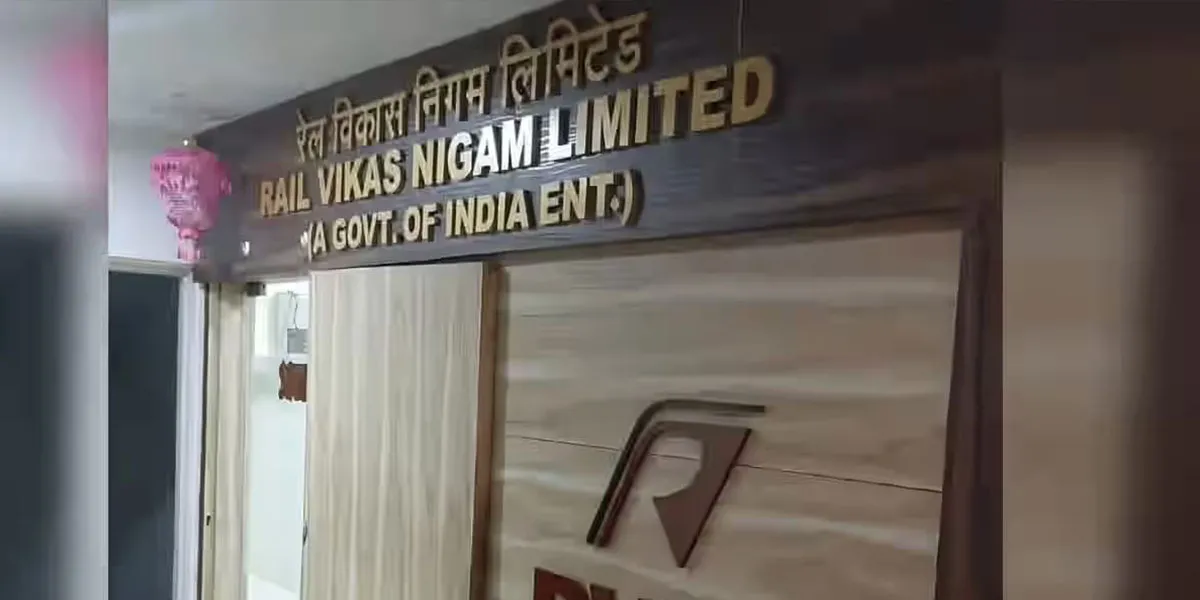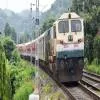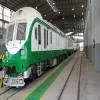Ever since its establishment a decade ago, Indian Port Rail & Ropeway Corp. (IPRCL) has been actively engaged in improving port rail and ropeway infrastructure across the country. Now, with an eye on emerging opportunities, the company is expanding into new areas, including inland waterways, port digitalisation, building construction, investment facilitation and overseas projects, shares Manoj Kumar Semwal, Managing Director, in an exclusive interaction with CW. A company owned by the Ministry of Ports, Shipping and Waterways, IPRCL also looks forward to delivering the initial phase of the ambitious National Maritime Heritage Complex by year-end. Edited excerpts.IPRCL recently marked its 10th anniversary in operation. How has the company evolved in its specialised domain of port rail infrastructure and ropeways?IPRCL was established as Indian Port Rail Corp. in 2015 to address the critical need for last-mile connectivity between ports and national transport networks. The company was formed with equity participation from 11 major ports and RVNL (Rail Vikas Nigam), which holds a 10 per cent stake, under the Ministry of Ports, Shipping and Waterways. Initially focused on port rail infrastructure, IPRCL expanded its mandate in 2019 to include ropeway development, prompting a name change to Indian Port Rail & Ropeway Corp. Over the past decade, IPRCL has executed over a dozen track upgrades and network expansions across major ports. Notable projects include seven upgrades at Kolkata Port, new lines at New Mangalore and Chennai, doubling at Kamarajar and Deendayal Ports, and four terminal connections at Jawaharlal Nehru Port Authority (JNPA). A third line between Jaisalmer and JNPA is now nearing completion.In FY2025, India’s major ports registered record cargo throughput. How has IPRCL contributed to this growth?IPRCL has played a pivotal role in enhancing cargo throughput at major ports by upgrading rail infrastructure and assuming operational responsibilities. The corporation now maintains and operates railway networks across seven ports, addressing long-standing issues such as poor track conditions and signalling failures that previously led to accidents or delays. These improvements have significantly reduced turnaround times. Additionally, IPRCL has introduced a locomotive leasing model, supplying and managing engines at ports like Paradip, where 12 locomotives are now in service. These interventions have collectively boosted operational efficiency and contributed to record cargo volumes in FY2025.That’s interesting. Are the locomotives deployed at ports owned by IPRCL?Not yet. We currently lease locomotives through third-party contracts and manage their operations and maintenance. While Indian Railways is the source, the locomotives are typically acquired by private agencies through auctions once they are phased out in favour of electric traction. However, we plan to procure our own fleet once financial conditions and demand improve. Most ports still operate on diesel traction, while Indian Railways has transitioned to electric. IPRCL is now undertaking electrification, signalling and telecom upgrades across several ports. Once these works are completed, we will shift to electric locomotives, making direct procurement viable.Given the company’s active role in investment facilitation, have you observed a notable rise in interest from domestic and international players in port-led infrastructure?Yes, absolutely! There’s been a marked rise in interest. Many ports have independently funded last-mile connectivity upgrades, including track doubling and even third and fourth lines. These are not government funded but financed directly by the ports. IPRCL has also supported several PPP-mode projects by providing DPRs (detailed project reports), notably the proposed Indore-JNPA link in Madhya Pradesh, which is expected to materialise soon. International interest is growing too. We have signed MoUs with several foreign entities, including Antwerp International, Europe’s second-largest port, which is keen to support infrastructure upgrades. Recently, a Malaysian firm proposed FDI worth `1 trillion in port and allied infrastructure. The proposal has been shared with relevant stakeholders, with more such offers being actively explored.Under Parvatmala and tourism-linked initiatives, IPRCL has helped advance India’s ropeway infrastructure. Beyond DPRs, what has been achieved in terms of execution?The corporation has delivered 48 DPRs and feasibility reports across 16 states, with five ropeway projects progressing under the PPP mode and three currently under construction. In a strategic shift, IPRCL has now entered the execution phase. Over the past six months, it has proposed ropeway construction projects to several states, including Maharashtra, Uttar Pradesh, Uttarakhand, Odisha and Tamil Nadu, and is in advanced discussions with several others. In Maharashtra alone, 12 ropeway projects have been proposed, with a draft MoU already submitted. IPRCL is also developing a new financing and construction model, recently offered to the Uttar Pradesh government for a ropeway in Vrindavan under the EPC mode.As mining activity scales, are you considering a foray into material ropeways as well?Yes, we have signed an MoU to develop a ropeway for coal evacuation from mining sites. Discussions are at an advanced stage; if successful, the model could be replicated across Coal India locations.Despite a name rooted in port and ropeway infrastructure, IPRCL has secured multiple maintenance contracts for hinterland projects. Was this a strategic expansion over time or an intended vertical from the outset?This wasn’t a gradual expansion; it was part of IPRCL’s original mandate, as outlined in the cabinet note at its inception. Ports lacked a dedicated agency to maintain railway assets and for other organisations, it was a secondary priority. IPRCL stepped in to fill this gap and now maintains rail infrastructure – including tracks, electric traction and signalling – across seven of India’s 11 major ports. Discussions are underway to extend this to the remaining four. Beyond ports, IPRCL is also maintaining assets for Coal India and is in talks with SAIL, reinforcing its role as a full-spectrum rail infrastructure partner.Ten years is a long time for any company to evolve its business. Given India’s expertise in construction engineering, are you now also looking at taking up projects overseas?Yes, we have begun exploring overseas opportunities. Two months ago, the Ministry of Ports, Shipping and Waterways formed the Bharat Global Consortium, comprising Indian Port Global Ltd, Sagarmala Development Co. and IPRCL. The consortium aims to undertake port-related projects abroad, with IPRCL responsible for construction and maintenance. We are currently identifying potential sites, including greenfield ports, where we can contribute to infrastructure development. Do you foresee IPRCL pursuing an IPO in the near future?We are not planning an IPO at present, as our financial position remains strong. However, it may be considered in future, subject to board approval and evolving requirements. Over the next five years, IPRCL aims to consolidate several new verticals. We have recently entered jetty construction, both for inland waterways and ship movements, and are currently building eight jetties in Assam for the IWAI (Inland Waterways Authority of India). We have also entered building construction, having signed an agreement with the Maharashtra government-owned MAHAPREIT (Mahatma Phule Renewable Energy and Infrastructure Technology) under a `500 billion slum redevelopment initiative in Mumbai, which includes high-rise towers. In addition, we have launched a digitalisation and IT vertical focused on AI applications for ports and related infrastructure. These initiatives aim to enhance operational efficiency, safety and security. As these verticals mature and gain market traction, an IPO may become a strategic option in the next few years.What specific technologies or solutions are you exploring under digitalisation?We have signed MoUs with leading AI firms from both the public and private sectors. Our initial focus is on enhancing port efficiency through digital-twin models and AI-based sensor networks. The aim is to create fully digital ports with centralised control and improved throughput. These initiatives are already in advanced stages and field implementation is expected to begin shortly.IRPCL is also working on a project related to the Yamuna riverfront in Delhi….Yes, we have been appointed by IWAI to develop onshore infrastructure for a world-class cruise facility at Sonia Vihar. IRPCL is building the supporting amenities such as musical fountains, interactive installations and flood-resilient structures. The project is in an advanced stages and we expect to hand over the infrastructure to the Delhi government by year-end, paving the way for river cruises.Besides, one of your current assignments is the National Maritime Heritage Complex in Lothal, under an EPC contract with Tata Projects. Please share more about its scope and progress.Yes, the `45 billion National Maritime Heritage Complex at Lothal is one of our flagship projects. Located near Ahmedabad, it commemorates India’s ancient maritime legacy. Phase 1A, featuring six of 14 galleries spanning Harappan, Greco-Roman and mythological themes, is nearing completion. We aim to open it to the public by year-end, with Phase 1B and broader infrastructure planned through 2028.
